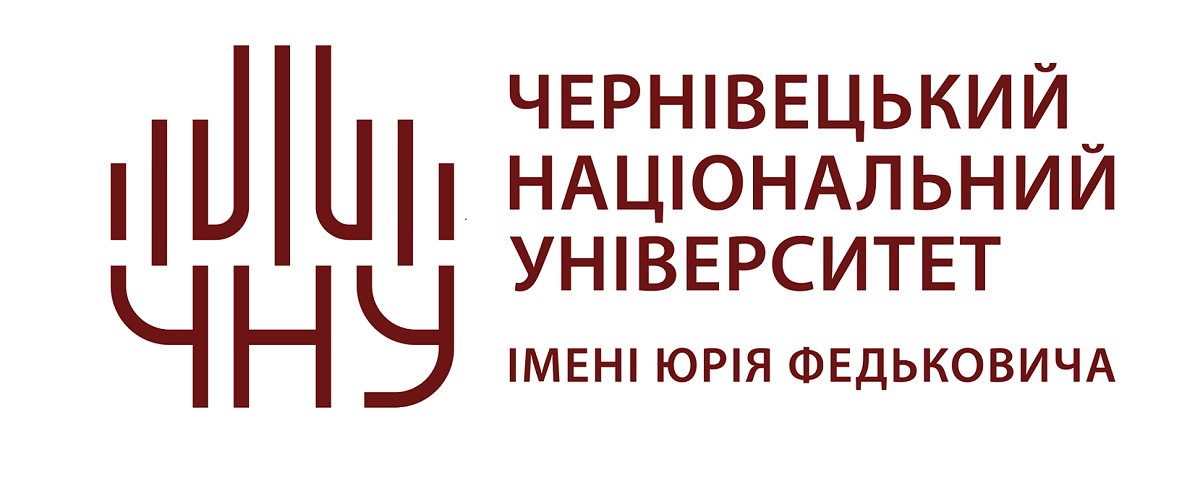| dc.contributor.author | MATIYCHAK, ALIONA | |
| dc.contributor.author | CHERVINSKA, OLHA | |
| dc.contributor.author | NIKORIAK, NATALIA | |
| dc.contributor.author | BASNIAK, TETIANA | |
| dc.contributor.author | TYCHININA, ALYONA | |
| dc.date.accessioned | 2023-01-23T08:07:01Z | |
| dc.date.available | 2023-01-23T08:07:01Z | |
| dc.date.issued | 2022 | |
| dc.identifier.citation | Matiychak A., Chervinska O., Nikoriak N., Basniak T., Tychinina A. Theological Discourse in the Formation of the Literary Tale: How Worldview came to Dominante Narrative. Interlitteraria. Vol. 27 No 2. (2022). Miscellanea. University of Tartu Press. Р. 228-247. | uk_UA |
| dc.identifier.issn | 1406-0701 | |
| dc.identifier.issn | 2228-4729 | |
| dc.identifier.uri | https://archer.chnu.edu.ua/xmlui/handle/123456789/6467 | |
| dc.description.abstract | This study is motivated by new perspectives that help to expend the
boundaries of multidisciplinary research. The article examines the discourse
on the literary tale with regard to its theological specificity of narrative and
how worldview came to dominate it. The most significant examples of German,
Russian, Polish, Romanian and Ukrainian tales are analysed, taking into
consideration national ethos. The specifics of the genre are explored in their
historical and cultural contexts, with an emphasis on the difference between
the literary tale and the folktale. Previous research indicates that the poetics
of literary tales of this type has not been studied sufficiently. The paper aims
to examine the literary tale within an ethno-national historical context,
considering the main aspects of the Christian religious ethos of the 19th
century. Our methodology includes an integrative multidisciplinary approach
that combines the principles of historical poetics, hermeneutics, receptive
poetics and classical methods of folkloristics in the light of transitivity theory.
The findings support the idea that reception peculiarities of Christian tale
poetics predominantly focus on plot development, personosphere, chronotope,
Christian tokens, divine symbols and paradigms. The focused was both on the
encoded religious intentions of literary tales (requiring receptive decoding of
allusions) and the transparently expressed appeals to God with an emphasis on
Christian hermeneutic instruction. Accordingly, fabulous archetypes related to
religious morality were analysed using the example of Pushkin’s literary tales.
Overall, distinction between the genres of Christian fairy tale, Christmas
tale and Christian fantasy appeared to be the most productive. We conclude
that the genre matrix of the fairy tale remains open to various modifications,
and consequently, fairy tale narrative structures when combined with
Christian motifs actuate other genre forms. We emphasise that reception of
theological discourse on a literary tale depends on the readers’ psycholinguistic
competencies and the peculiarities of their religious identity. | uk_UA |
| dc.description.sponsorship | Кафедра зарубіжної літератури та теорії літератури | uk_UA |
| dc.language.iso | en | uk_UA |
| dc.publisher | Miscellanea. University of Tartu Press. | uk_UA |
| dc.relation.ispartofseries | ;Vol. 27 No 2 | |
| dc.subject | theological discourse | uk_UA |
| dc.subject | literary tale | uk_UA |
| dc.subject | Christian motifs | uk_UA |
| dc.subject | religious ethos code | uk_UA |
| dc.subject | reception | uk_UA |
| dc.subject | narrative | uk_UA |
| dc.title | Theological Discourse in the Formation of the Literary Tale: How Worldview came to Dominate Narrative | uk_UA |
| dc.type | Article | uk_UA |
